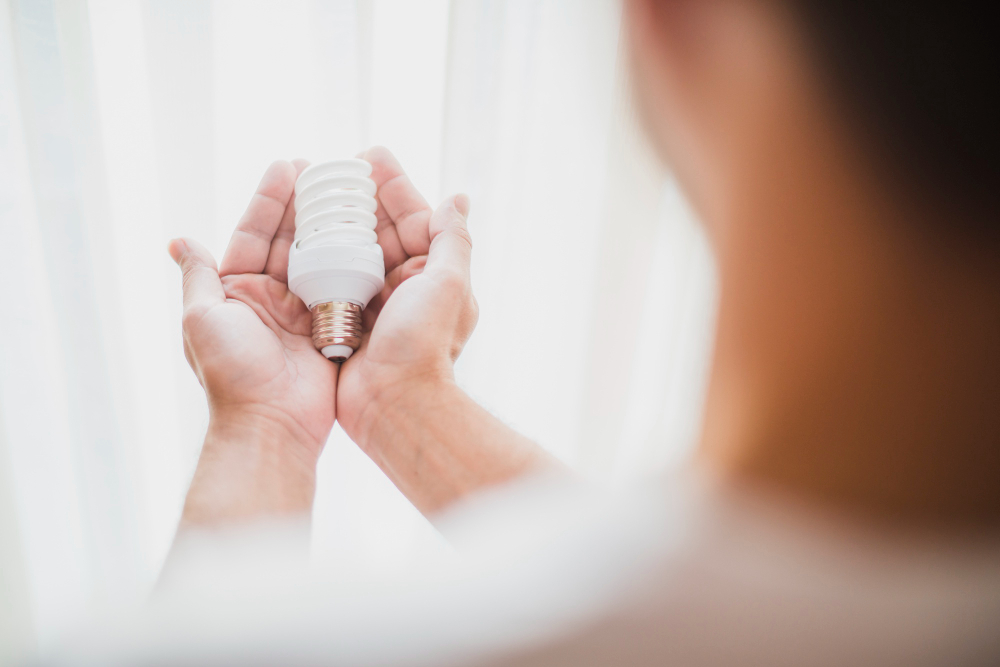"Energy Savings with LED: How Much Can You Save?"

Switching to LED lighting can lead to substantial savings in both energy consumption and overall lighting costs. But just how much can you save by making the switch? Let's break it down:
Energy Efficiency
LED lights are up to 75% more energy-efficient than traditional incandescent bulbs and 50% more efficient than compact fluorescent lamps (CFLs). This means for the same amount of light output (lumens), LEDs use a fraction of the energy. For example, a 10-watt LED light can provide the same brightness as a 60-watt incandescent bulb, reducing the energy usage significantly.Lower Electricity Bills
With LED lighting, households and businesses can expect a noticeable reduction in energy bills. For instance, if you replace 20 incandescent bulbs (each using 60 watts) with 20 LEDs (each using 10 watts), you'll reduce your lighting energy consumption from 1,200 watts to 200 watts — a savings of 1,000 watts. In terms of electricity costs, this can result in monthly savings that accumulate over time.Longer Lifespan and Fewer Replacements
LED lights last significantly longer than traditional lighting, with lifespans ranging between 25,000 to 50,000 hours, compared to around 1,000 hours for incandescent bulbs. This means fewer replacements and reduced maintenance costs. Over time, the upfront investment in LED lighting pays off due to the reduced frequency of bulb changes and the resulting labor or service costs.Savings Over Time
The initial cost of an LED bulb may be higher than that of traditional lighting, but the long-term savings are substantial. If an LED bulb lasts 25 times longer than an incandescent bulb, the cost per year of operation becomes far lower when compared on a per-year basis. For example, a typical incandescent bulb may need to be replaced several times in a decade, while an LED bulb can last the entire decade without a replacement.Reduced Cooling Costs
Unlike traditional bulbs, which generate a lot of heat, LEDs are highly efficient and produce very little heat. This means they won’t raise the temperature of your home or office, reducing the need for air conditioning. In warmer months, this can translate into lower cooling costs, providing savings on both electricity and HVAC system maintenance.Impact on Commercial Lighting
For businesses, the energy savings can be even more pronounced. Commercial buildings and industrial spaces often use multiple lights for long hours every day. By switching to LED lighting, these businesses can see energy savings of up to 80% on their lighting costs. This reduction in energy consumption can add up to substantial savings over a year, improving the business's bottom line while also contributing to sustainability efforts.
